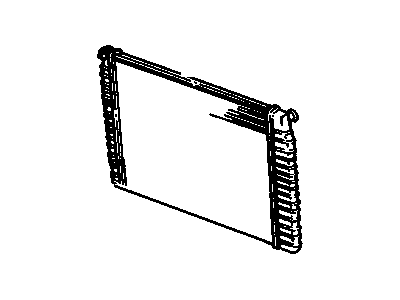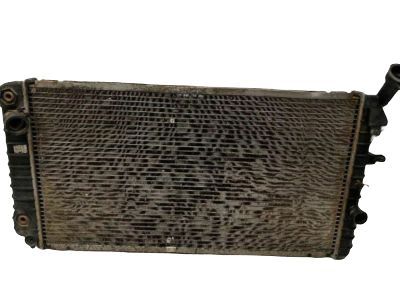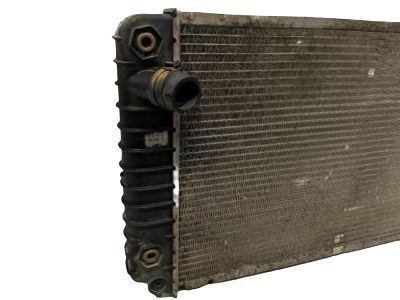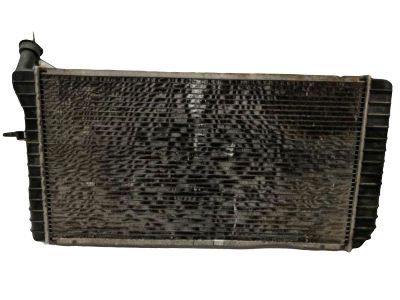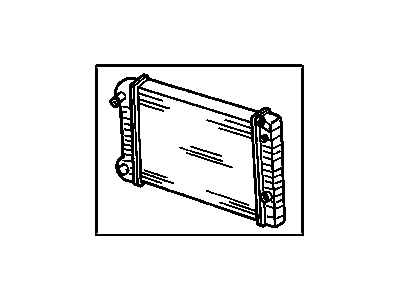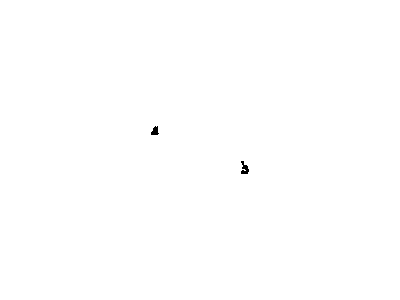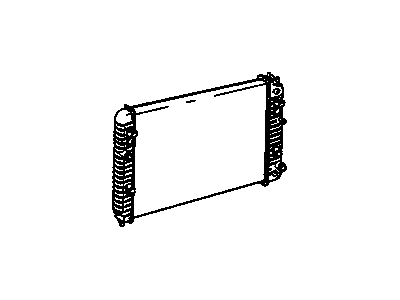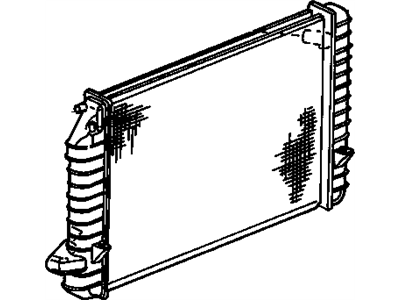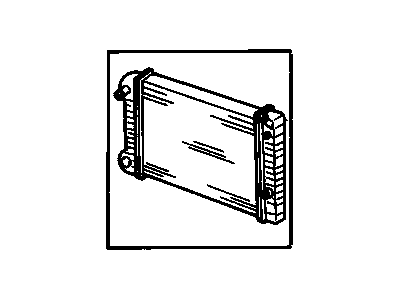
My Garage
My Account
Cart
Genuine Oldsmobile Cutlass Radiator
Cooling Radiator- Select Vehicle by Model
- Select Vehicle by VIN
Select Vehicle by Model
orMake
Model
Year
Select Vehicle by VIN
For the most accurate results, select vehicle by your VIN (Vehicle Identification Number).
15 Radiators found
Oldsmobile Cutlass Radiator Assembly
Part Number: 52498589$74.78 MSRP: $402.98You Save: $328.20 (82%)Ships in 1-2 Business Days
Oldsmobile Cutlass Radiator
The Radiator in Oldsmobile Cutlass automobiles is a part of the cooling system that provides the previously mentioned function of transferring the heat from the engine coolant to the air with the help of heat exchanger. Cutlass Radiators generally have an aluminum core and plastic or aluminum tanks, although some use copper/brass Radiators. It is standard to locate the Radiator at the front of the car to enable it receive more air flow since it is used to cool the liquid. The problems that are characteristic of Radiators are leakage; there is no one solution to this problem, but replacement is usually the most effective. In addition to their application in engines, Performance Radiators represent an improvement over stock parts due to their light aluminum alloys and improved design for better cooling. These Radiators contain more tubes in size and more fins per inch to allow more and greater coolant flow and heat transfers. These options come in direct fit versions that makes the installation hassle-free and there are versions with even bigger cores for improved cooling. To sum up, the Radiator helps in regulating temp in Oldsmobile Cutlass vehicles and boosts the efficiency of the cars' engines.
Each OEM Oldsmobile Cutlass Radiator we offer is competitively priced and comes with the assurance of the manufacturer's warranty for the part. Furthermore, we guarantee the speedy delivery of your orders right to your doorstep. Our hassle-free return policy is also in place for your peace of mind.
Oldsmobile Cutlass Radiator Parts Questions & Experts Answers
- Q: How to remove and install a radiator on Oldsmobile Cutlass?A:The radiator is positioned on two rubber pads at the bottom and is secured by a metal panel or the fan shroud at the top, with additional rubber pads used at the top. The negative battery cable is disconnected before the radiator is drained. The upper and lower hoses at the radiator are disconnected, as well as the automatic transmission lines at the radiator, if equipped. The ends of the lines are plugged to prevent fluid loss and contamination. The overflow hose at the radiator cap is also disconnected. The upper support or fan shroud is removed from the top of the radiator, allowing the radiator to be lifted straight up and out of the engine compartment. Care is taken not to scratch the body paint or drip coolant. Any coolant on the paint is washed away, as antifreeze can harm the finish. Once removed, the radiator can be inspected for leaks or damage. If repairs are needed, a professional radiator shop or dealer is recommended as special welding techniques are required. Bugs and dirt can be cleaned from the radiator using compressed air and a soft brush, taking care not to bend the cooling fins. The rubber mounting pads which the radiator sits on are inspected and replaced as necessary. The radiator is then lifted into position, ensuring it is seated in the mounting pads. The upper panel, shroud and hoses are installed in the reverse order of removal. The negative battery cable is connected and the radiator is filled. The engine is started and checked for leaks. The engine is allowed to reach normal operating temperature and coolant is added until the level reaches the bottom of the filler neck. The cap is installed with arrows aligned with the overflow tube.
